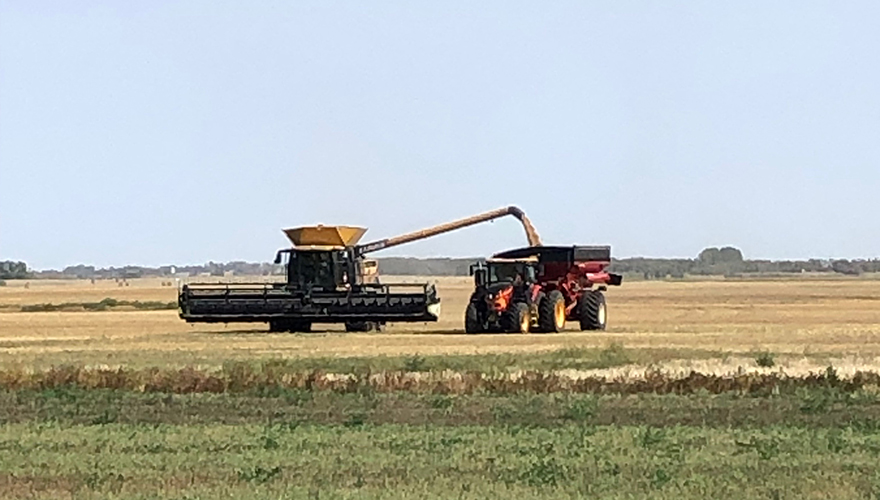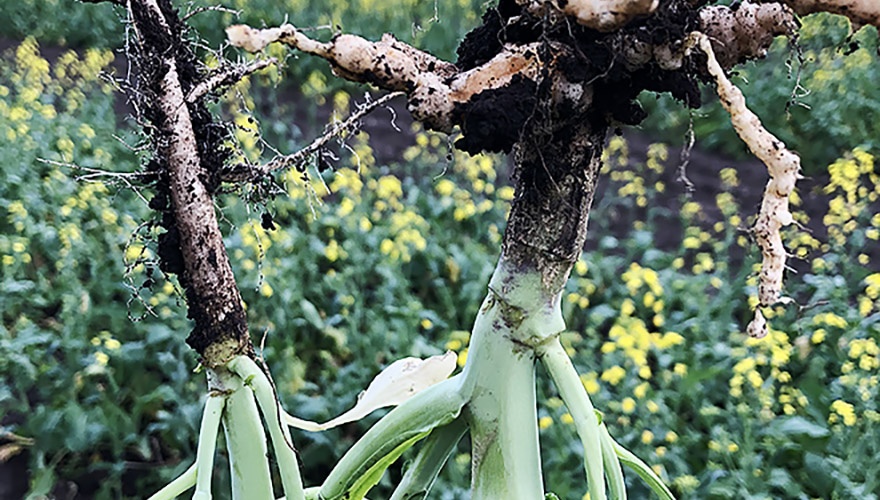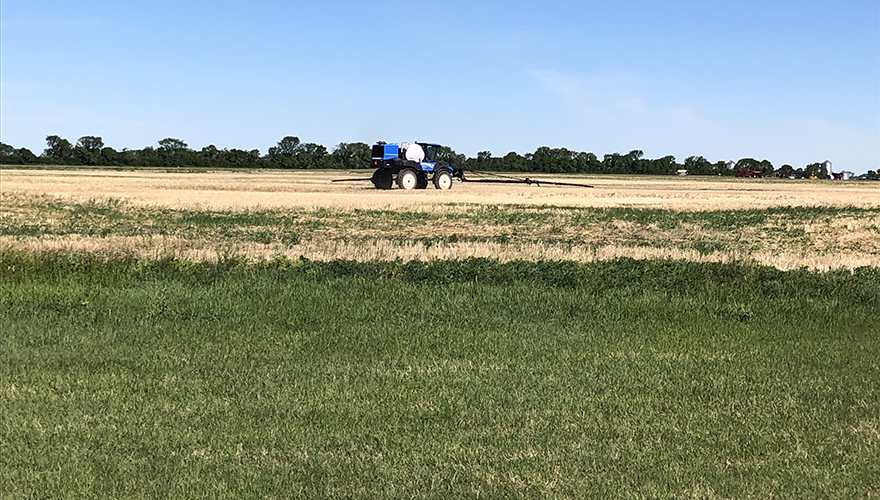Posted June 14, 2018
FUSARIUM HEAD BLIGHT
The key to a good disease management strategy is prevention. With certain diseases, such as Fusarium Head Blight (FHB), once disease symptoms are present in the field, it’s too late to act and save your yields. It’s important to understand why these diseases pose a threat and what can be done to help mitigate future occurrences.
Fusarium Head Blight
In cereal crops, fungal pathogens can infect the seed in the previous season or from soil surrounding the seed in the seedbed. Diseases such as FHB can directly damage the seed or the emerging seedling. This could result in yield losses and downgrading of wheat quality due to damaged kernels, directly impacting the marketability of the crop.
FHB has a wide range of hosts including cereals like wheat, barley, rye and oats but is also seen in corn. F. graminearium is an aggressive pathogen for the development of FHB. Kernels with F. graminearium produce the highest concentrations of mycotoxin deoxynivalenol (DON). The tolerance for DON in malt barley is zero and as low as 1 ppm (part per million) for feed grains.
SYMPTOMS IN THE FIELD
“We used to think of FHB as a Manitoba problem,” says Scott Anderson, Manager of Agronomic Services in Northwest Saskatchewan. “We are now seeing it move west through Saskatchewan as we’ve had more wet years.”
FHB risk is entirely dependent on environmental conditions. If there’s rain, or high humidity, in temperatures above twenty-five degrees Celsius through the heading period of wheat there is a higher risk of infection, according to Anderson.
“Fusarium overwinters on crop residues and can survive as long as two years,” he says. “Spores are released from the soil, they infect the wheat heads at flowering. The spores spread either through wind, or splashing water droplets.”
He says visible signs of FHB will start to appear about three weeks after infection. The common symptoms include bleaching (or blighting) of wheat heads. The kernels don’t fill properly and will look small and shriveled.
MANAGING THE ISSUE
“Crop rotation is very important. What we find is that compressed rotations, only going one to two years between the same crop, can be a large contributor to instances of FHB,” says Anderson. He adds that even a rotation that includes a less susceptible variety with some resistance to the disease in a cereal year can make a difference, such as a CWRS like CDC Titanium VB from Proven Seed.
When there are significant levels of disease fungi on the seed or in the seedbed, or if growing conditions are poor, the seedlings are vulnerable to disease before the plant can establish itself. Testing the seed – as close as possible to planting – can measure the level of disease on the seed itself.
“We don’t recommend using seed if F. graminearum exceeds five per cent. If it’s present, but at less than five per cent, a fungicidal seed treatment should be used.”
Purchasing certified seed provides assurances that it has been tested for germination and for critical diseases for that crop species.
“Fungicidal seed treatment can also benefit certified seed, as it gives some protection against any disease still present in the soil,” says Anderson.
Read more in these other disease spotlights:
FEATURED LINKS
NEWSLETTER
Want to stay caught up in all things agriculture? Sign up for the newsletter and get all the latest news straight to your inbox.
Desease Spotlight Sclerotinia Stem Rot
Posted June 20, 2018





